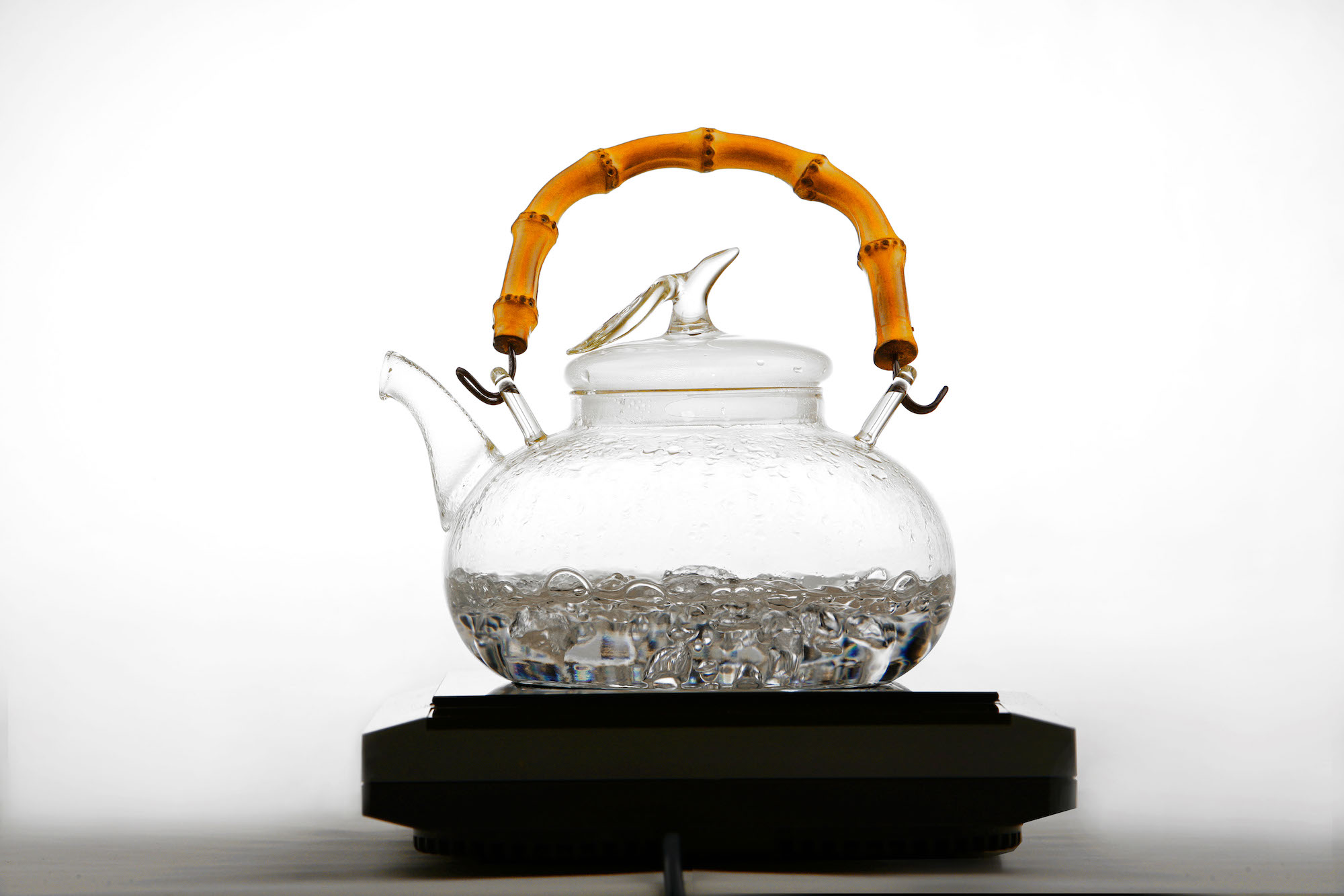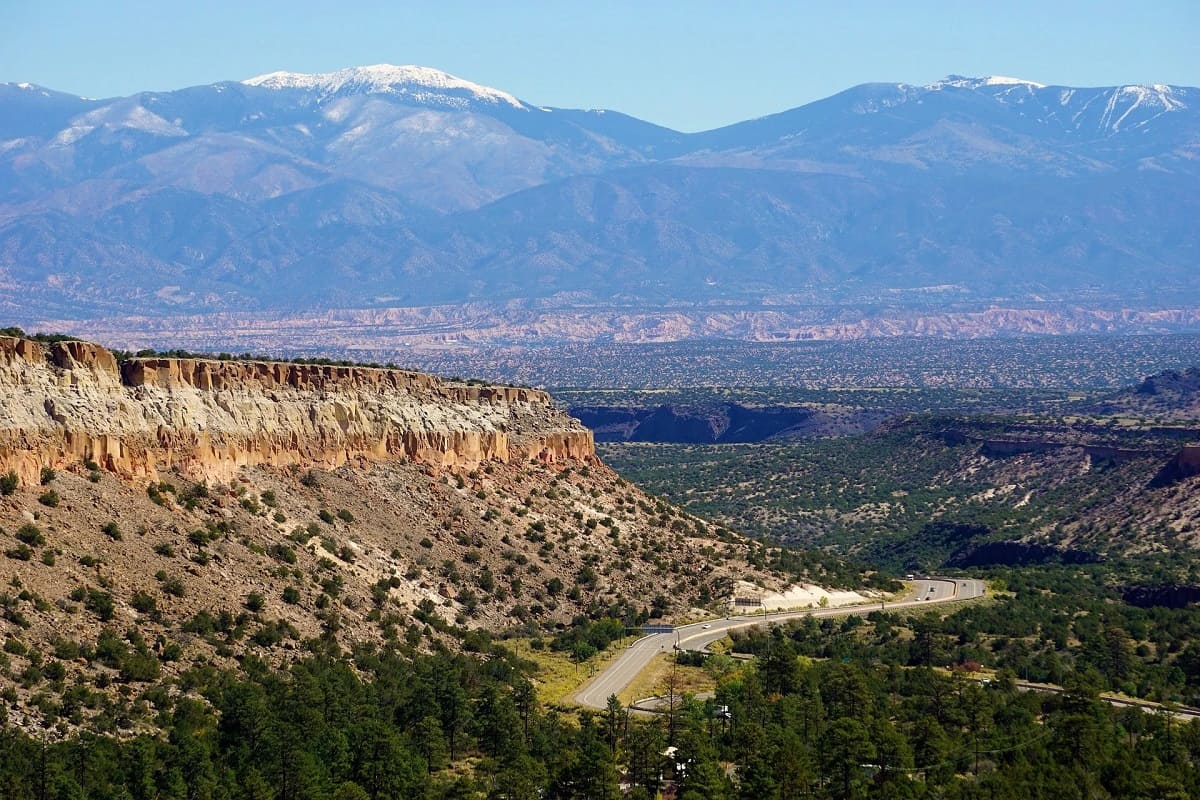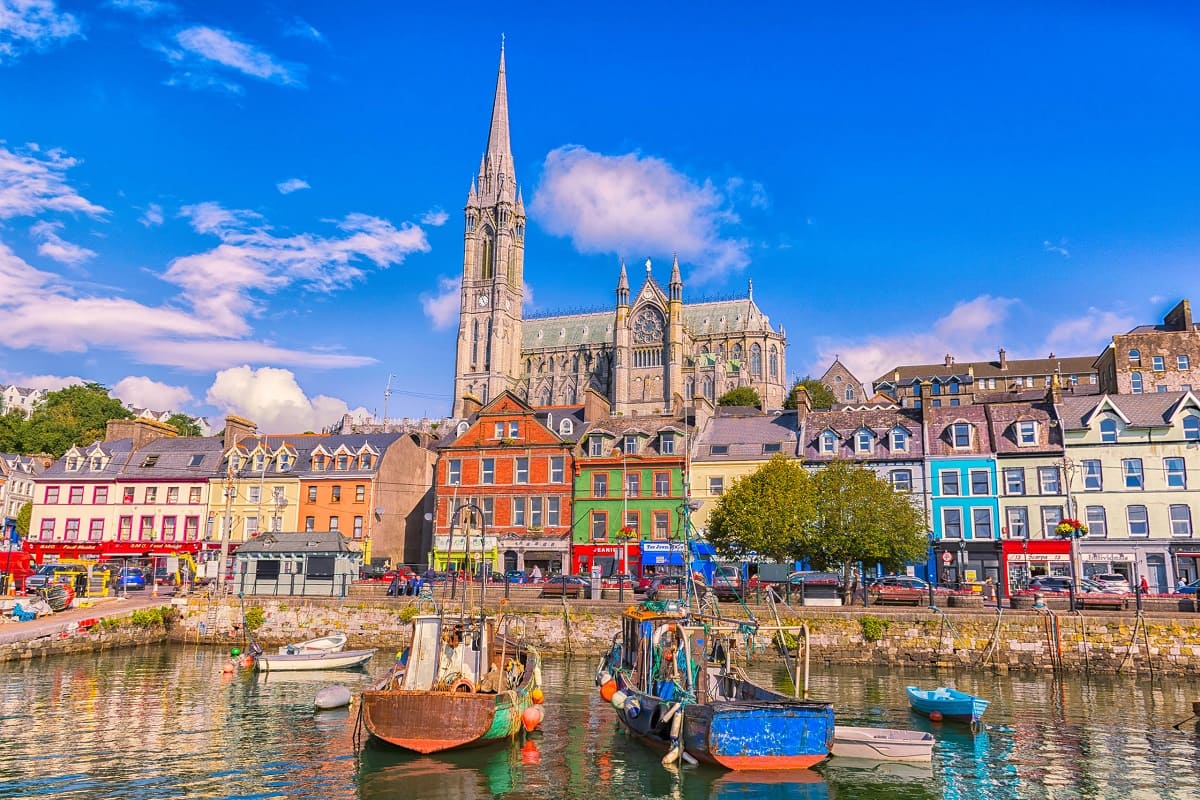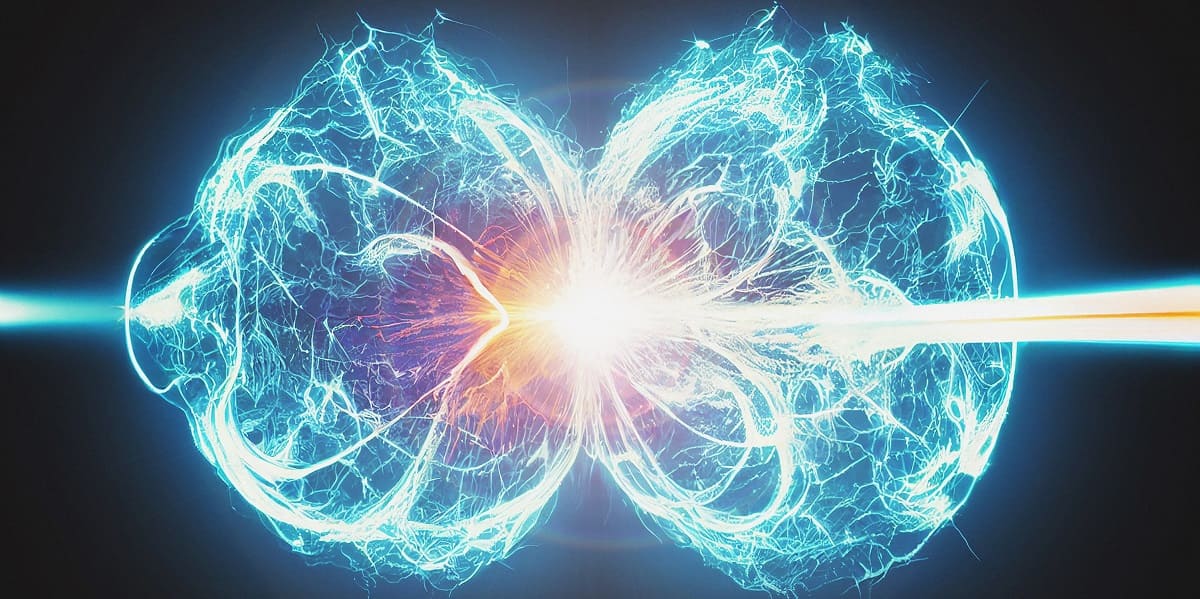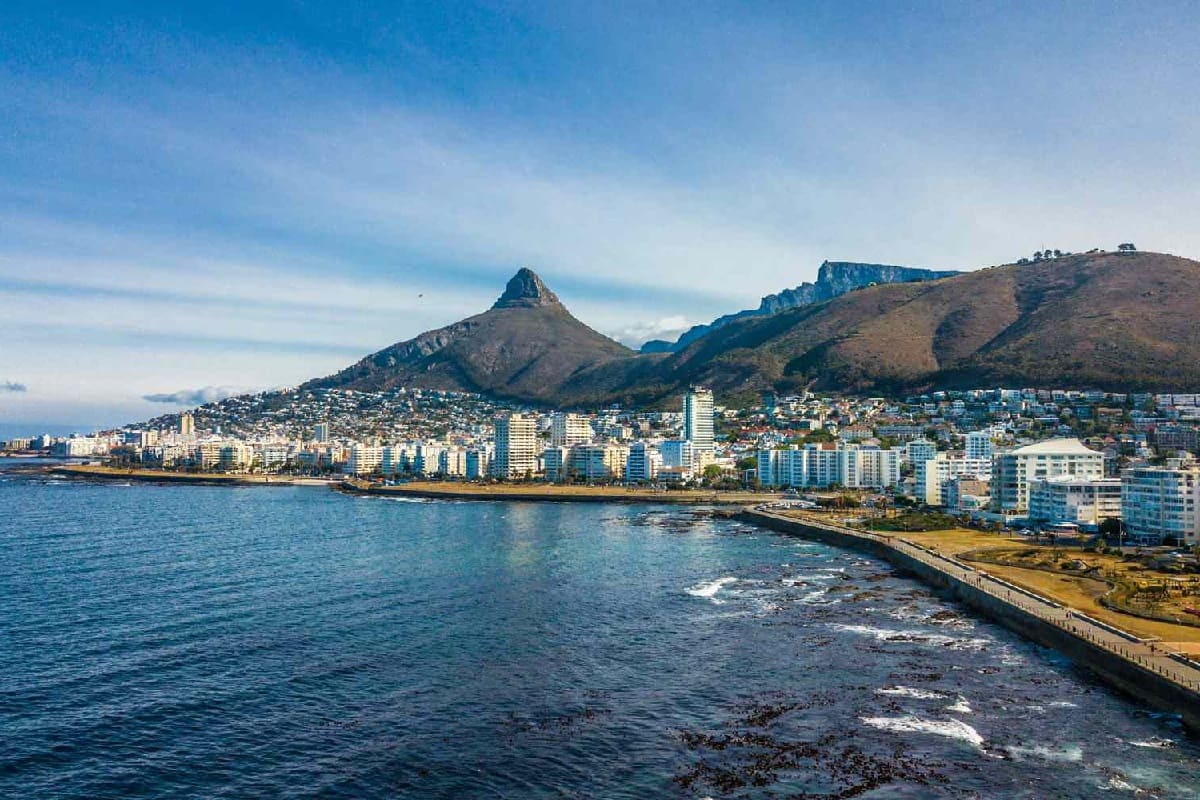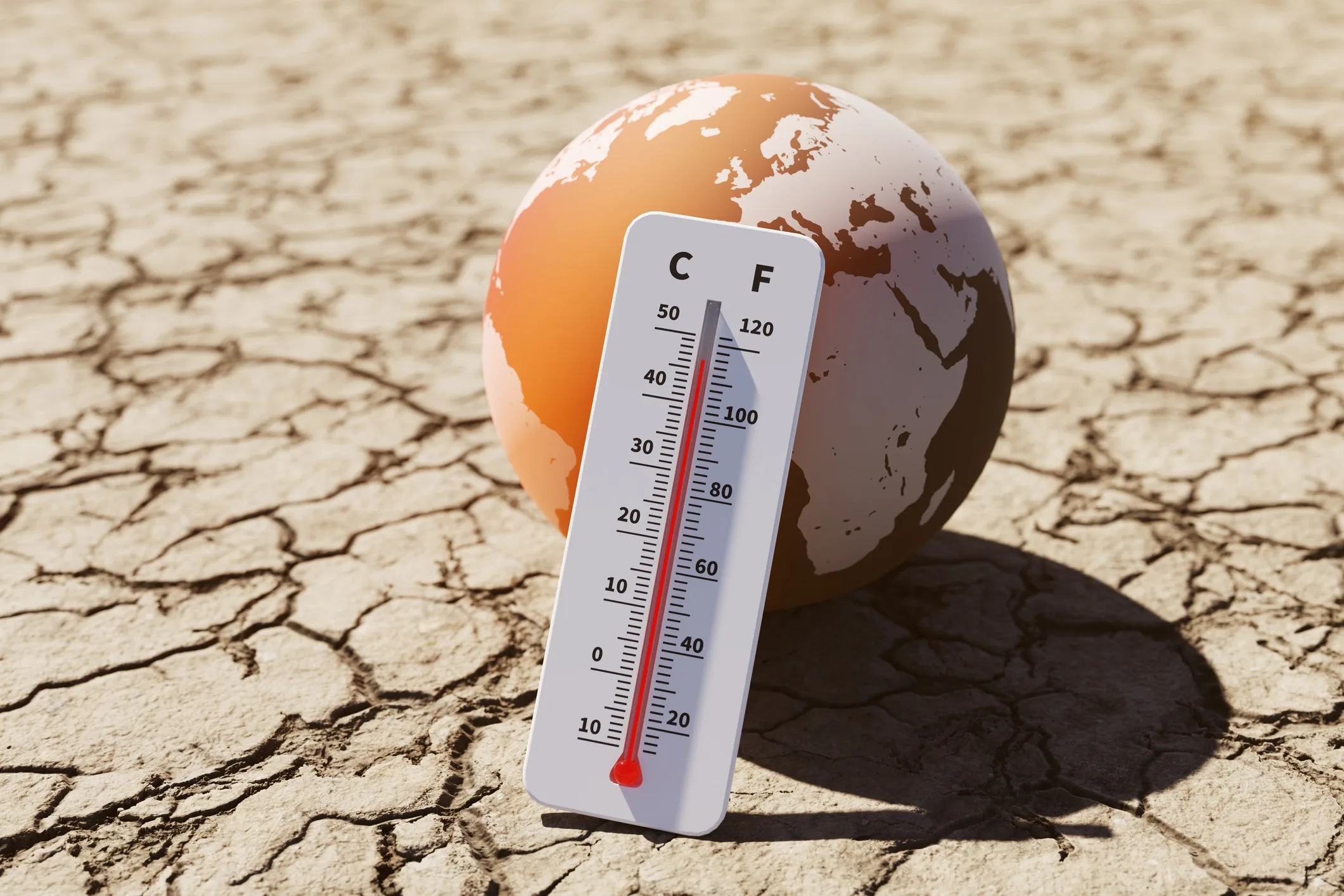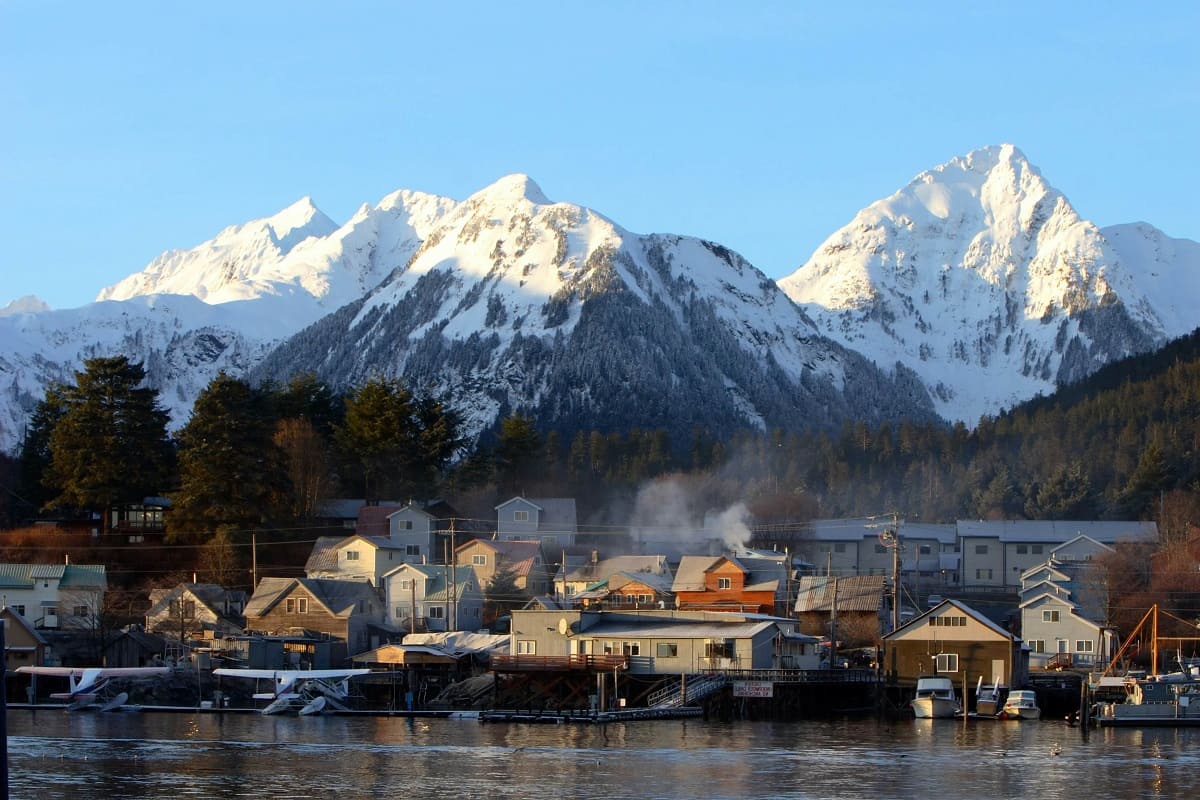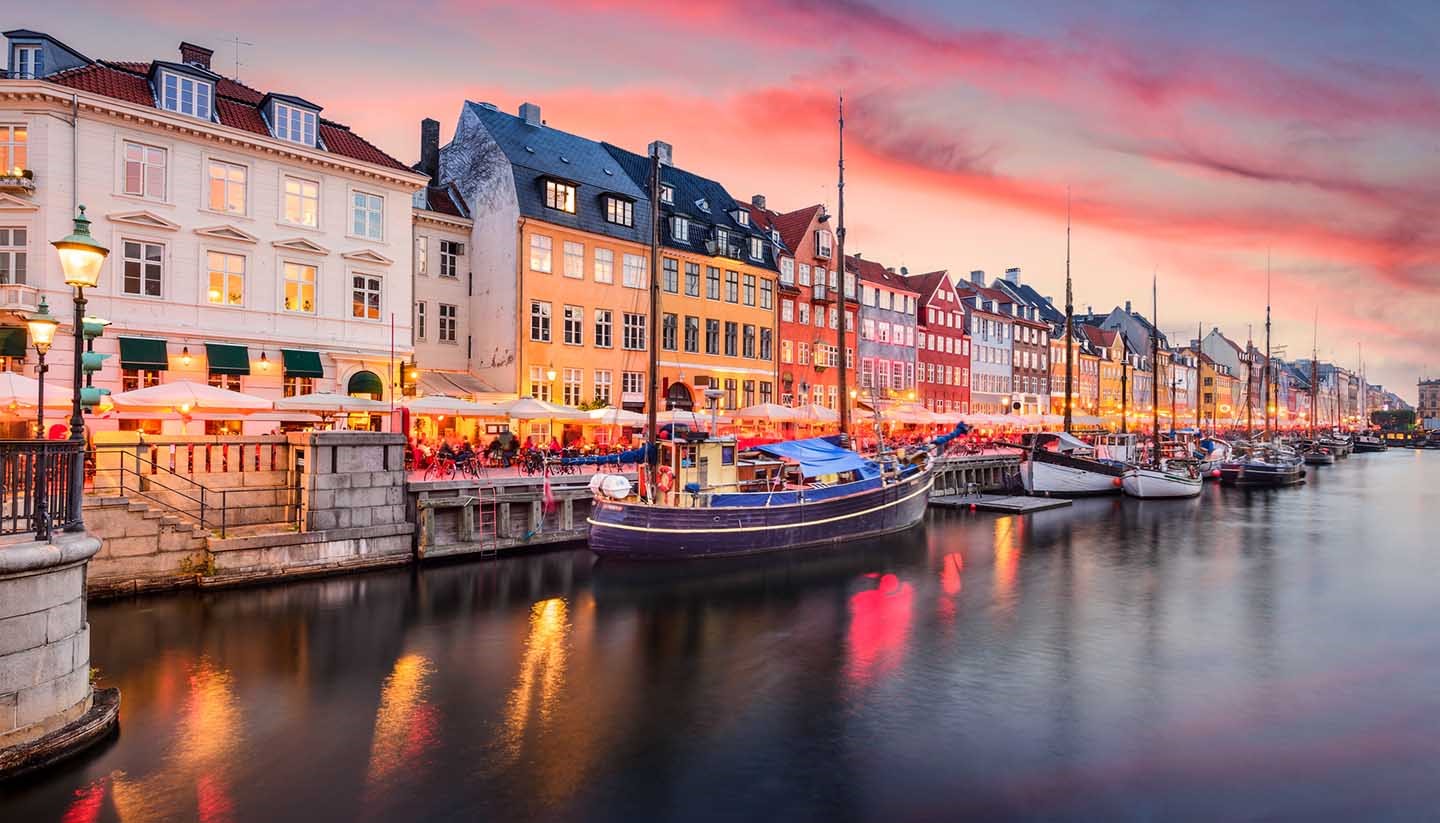Home>Education & Research>Understanding The Color Temperature Of Fire: A Comprehensive Guide
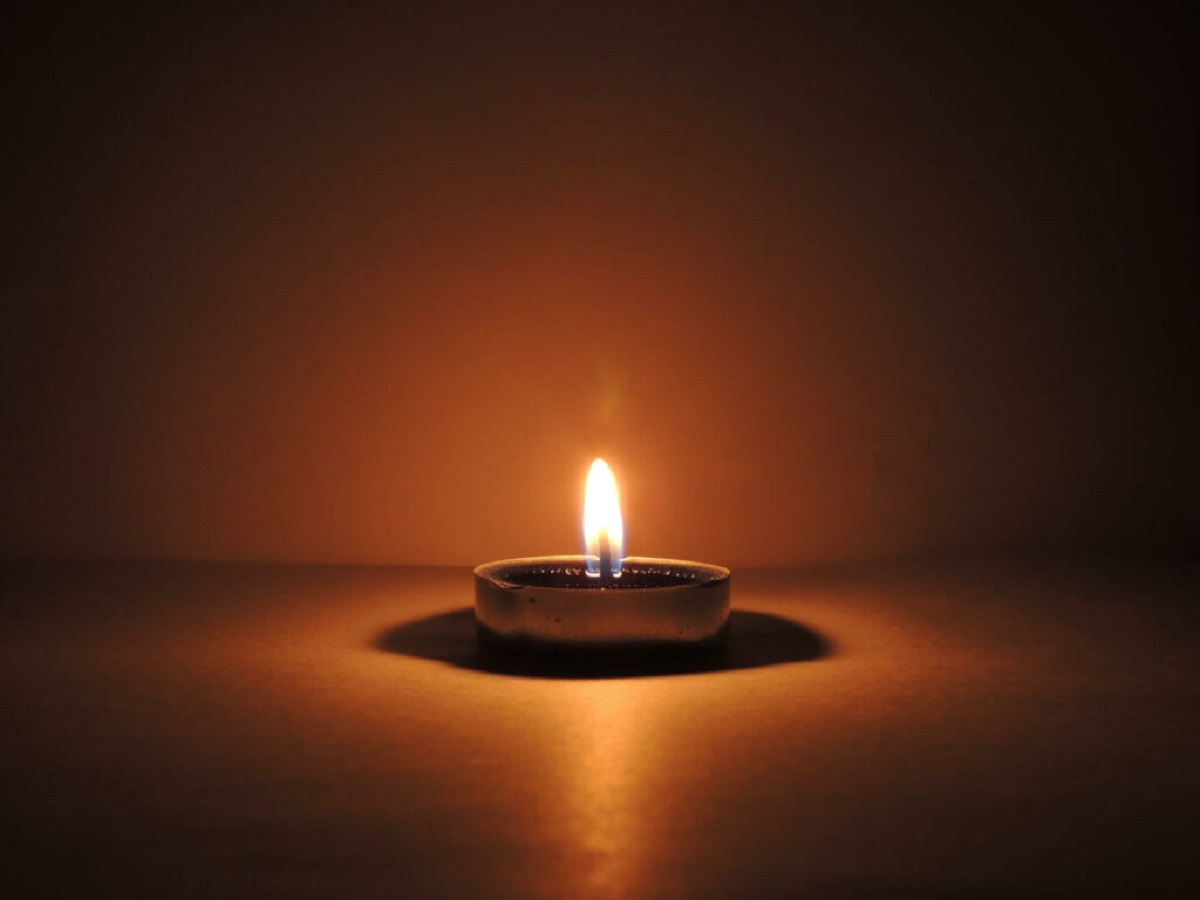

Education & Research
Understanding The Color Temperature Of Fire: A Comprehensive Guide
Published: February 19, 2024
Discover the science behind fire's color temperature in this comprehensive guide. Gain valuable insights for education and research purposes.
(Many of the links in this article redirect to a specific reviewed product. Your purchase of these products through affiliate links helps to generate commission for Temperatures.com, at no extra cost. Learn more)
Table of Contents
Introduction
Fire has captivated human beings for millennia, its mesmerizing dance of light and warmth drawing us in with an almost primal allure. Beyond its physical properties, fire also possesses a captivating visual aspect that has intrigued scientists, artists, and enthusiasts alike. One of the key elements that contribute to the visual allure of fire is its color temperature.
Understanding the color temperature of fire goes beyond mere curiosity; it delves into the very essence of this natural phenomenon. By exploring the science behind fire's color temperature, we gain insights into the intricate interplay of heat, light, and chemistry. This knowledge not only enriches our understanding of fire but also finds practical applications in various fields, from photography and cinematography to industrial processes and safety protocols.
In this comprehensive guide, we will embark on a journey to unravel the mysteries of fire's color temperature. We will delve into the scientific principles that govern the colors emitted by different types of fires, explore the factors that influence fire's color temperature, and examine the practical implications of understanding this fascinating aspect of combustion. Whether you are a curious mind seeking to expand your knowledge or a professional aiming to harness the power of fire in your endeavors, this guide will illuminate the captivating world of fire's color temperature.
Join us as we venture into the mesmerizing realm of fire, where the interplay of heat and light gives rise to a symphony of colors, each with its own story to tell. Let's ignite our curiosity and kindle our understanding of the color temperature of fire, unraveling the secrets that have fascinated humanity since the dawn of time.
The Science Behind Color Temperature
The color temperature of fire is a fascinating phenomenon rooted in the fundamental principles of physics and chemistry. At its core, color temperature is a characteristic of visible light that relates to the warmth or coolness of the light source. In the context of fire, color temperature is a direct result of the thermal energy released during combustion, which manifests as a spectrum of colors ranging from warm reds and oranges to intense blues and purples.
The science behind color temperature can be elucidated through the concept of black-body radiation. When an object, such as a piece of burning wood or a gas flame, reaches a certain temperature, it emits light in a manner that is characteristic of its temperature. This emission follows a pattern known as Planck's law, which describes the intensity and distribution of light emitted by a black body at a given temperature. As the temperature of the object increases, the peak wavelength of the emitted light shifts towards the blue end of the spectrum, resulting in a perceived increase in color temperature.
In the case of fire, the color temperature is intricately linked to the combustion process. When organic materials, such as wood or natural gas, undergo combustion, the chemical reactions release energy in the form of heat and light. The visible light emitted during this process is a manifestation of the thermal energy produced, and its color temperature is determined by the temperature of the burning material and the specific chemical compounds present in the flames.
Furthermore, the color temperature of fire is influenced by the presence of various elements and compounds that impart distinct hues to the flames. For instance, the characteristic orange glow of a wood fire is attributed to the presence of carbon particles in the flames, which emit light in the warm color spectrum. Conversely, the intense blue flames of a gas burner result from the combustion of hydrocarbon gases, such as methane, which produce a higher temperature flame with a corresponding shift towards the blue end of the color spectrum.
In essence, the science behind color temperature delves into the intricate relationship between thermal energy, light emission, and chemical composition. By unraveling the underlying principles governing the color temperature of fire, we gain a deeper appreciation for the mesmerizing interplay of heat and light that defines this elemental force. This understanding forms the foundation for exploring the diverse color temperatures exhibited by different types of fires, a journey that promises to unveil the captivating spectrum of hues that fire can manifest.
The Different Color Temperatures of Fire
The color temperature of fire encompasses a rich tapestry of hues, each offering a glimpse into the unique characteristics of the flames. From the warm, comforting glow of a crackling wood fire to the intense, vibrant blues of a gas burner, the diverse color temperatures of fire reflect the underlying physics and chemistry at play. Let's embark on a journey to explore the captivating spectrum of fire's color temperatures, each offering its own visual and scientific allure.
Warm Reds and Oranges
Wood fires, often associated with cozy gatherings and rustic ambience, exhibit color temperatures that manifest as warm reds and oranges. This characteristic glow is a result of the combustion of organic materials, such as cellulose and lignin present in wood. As the wood undergoes pyrolysis and subsequent combustion, carbon particles are released into the flames, emitting light in the lower temperature range of the color spectrum. The mesmerizing dance of red and orange hues in a wood fire evokes a sense of comfort and nostalgia, drawing us into its radiant embrace.
Intense Yellows and Whites
Moving towards higher color temperatures, we encounter the intense yellows and whites exhibited by certain types of fires, such as those fueled by alcohol-based fuels or certain types of gas burners. These flames, characterized by their higher thermal energy and luminosity, emit light in the mid to high range of the color spectrum. The intense, almost ethereal glow of these flames captivates the eye, offering a stark contrast to the warm embrace of lower temperature fires. The interplay of heat and light in these flames creates a mesmerizing display that transcends mere illumination, evoking a sense of awe and wonder.
Vibrant Blues and Purples
At the pinnacle of the color temperature spectrum, we encounter the vibrant blues and purples that adorn the flames of certain gas burners and high-temperature combustion processes. These intense, almost otherworldly hues are a testament to the immense thermal energy released during combustion, resulting in light emission at the higher end of the color temperature scale. The ethereal beauty of these blue and purple flames hints at the extraordinary temperatures and chemical reactions taking place within the heart of the fire, offering a visual spectacle that sparks the imagination and ignites our curiosity.
In essence, the different color temperatures of fire paint a captivating portrait of the diverse manifestations of combustion. From the comforting warmth of red and orange hues to the intense brilliance of yellow and white flames, and the mesmerizing allure of blue and purple infernos, each color temperature tells a story of the underlying physics, chemistry, and thermal energy at play. By unraveling the captivating spectrum of fire's color temperatures, we gain a deeper appreciation for the multifaceted nature of this elemental force, transcending mere illumination to evoke emotions and kindle our understanding of the mesmerizing interplay of heat and light.
Factors Affecting the Color Temperature of Fire
The color temperature of fire, a mesmerizing interplay of heat and light, is influenced by a myriad of factors that shape the hues and visual allure of the flames. Understanding these factors unveils the intricate dynamics governing the color temperature of fire, offering insights into the diverse manifestations of combustion. Let's delve into the key elements that influence the color temperature of fire, unraveling the captivating interplay of physics, chemistry, and thermal energy.
Fuel Composition and Chemical Reactions
One of the primary factors affecting the color temperature of fire is the composition of the fuel undergoing combustion. Different fuels, such as wood, natural gas, alcohol-based fuels, and hydrocarbons, exhibit distinct chemical compositions that influence the color of the flames they produce. For instance, wood fires, fueled by the combustion of cellulose and lignin, emit warm red and orange hues due to the presence of carbon particles in the flames. In contrast, gas burners, fueled by hydrocarbon gases like methane, produce higher temperature flames with intense blue color temperatures. The specific chemical reactions occurring during combustion play a pivotal role in determining the color temperature of the fire, shaping the visual spectacle that captivates our senses.
Oxygen Availability and Combustion Efficiency
The availability of oxygen during the combustion process profoundly impacts the color temperature of fire. Adequate oxygen supply promotes efficient combustion, leading to higher temperature flames with bluer color temperatures. Incomplete combustion, often characterized by a lack of oxygen, can result in lower temperature flames with warmer color temperatures, as seen in certain types of wood fires. The interplay between oxygen availability and combustion efficiency influences the thermal energy released during combustion, ultimately shaping the color temperature of the flames.
Temperature and Heat Transfer
The temperature of the burning material and the surrounding environment significantly influences the color temperature of fire. Higher temperatures result in increased thermal energy, leading to bluer color temperatures as per the principles of black-body radiation. Additionally, heat transfer mechanisms, such as conduction, convection, and radiation, play a role in shaping the color temperature of fire. For instance, the presence of reflective surfaces can enhance the perception of color temperature by influencing the distribution and intensity of emitted light, adding a dynamic element to the visual display of the flames.
Atmospheric Conditions and External Factors
External factors, including atmospheric conditions and environmental influences, can impact the color temperature of fire. Humidity, air pressure, and the presence of impurities in the air can alter the visual appearance of flames, affecting their perceived color temperature. Furthermore, the presence of additives or chemicals in the fuel can introduce unique colorants to the flames, adding intriguing hues and complexities to the color temperature spectrum. The interplay of these external factors with the inherent properties of the fire's fuel and combustion process contributes to the diverse and captivating range of color temperatures exhibited by different types of fires.
In essence, the color temperature of fire is a dynamic and multifaceted phenomenon shaped by a complex interplay of fuel composition, chemical reactions, oxygen availability, temperature, heat transfer, atmospheric conditions, and external influences. By unraveling the factors influencing the color temperature of fire, we gain a deeper appreciation for the captivating spectrum of hues that define this elemental force, transcending mere illumination to evoke emotions and kindle our understanding of the mesmerizing interplay of heat and light.
Applications of Understanding Fire Color Temperature
Understanding the color temperature of fire holds significant implications across diverse fields, offering practical insights and creative opportunities that stem from the captivating interplay of heat and light. From artistic endeavors to industrial applications, the knowledge of fire's color temperature transcends mere curiosity, paving the way for innovative solutions and evocative experiences.
Artistic and Cinematic Expression
In the realm of art and cinematography, the understanding of fire's color temperature serves as a powerful tool for evoking emotions and shaping visual narratives. Artists and filmmakers harness the diverse hues of fire to create immersive experiences, utilizing warm red and orange flames to convey intimacy and nostalgia, while employing intense blues and purples to evoke a sense of mystery and intensity. By leveraging the nuances of fire's color temperature, creators infuse their works with a dynamic visual language that resonates with audiences on a profound emotional level.
Photography and Lighting Design
Photographers and lighting designers leverage the knowledge of fire's color temperature to craft captivating compositions and evoke specific moods. Understanding the distinct hues emitted by different types of fires enables photographers to capture compelling images that convey warmth, drama, or tranquility. In the realm of lighting design, the ability to replicate the color temperature of fire allows for the creation of immersive environments, enriching architectural spaces, theatrical productions, and events with the mesmerizing allure of flickering flames.
Industrial Processes and Safety Protocols
In industrial settings, the understanding of fire's color temperature plays a crucial role in optimizing combustion processes and ensuring safety. By discerning the color temperature of flames, engineers and technicians can monitor and control combustion reactions, enhancing efficiency and minimizing emissions. Moreover, the ability to identify the color temperature of fires facilitates the development of robust safety protocols, enabling swift and accurate assessments of fire hazards and potential risks in industrial facilities and manufacturing operations.
Scientific Research and Education
In the realm of scientific research and education, the knowledge of fire's color temperature forms the basis for studying combustion dynamics and thermal energy transfer. Researchers delve into the intricate interplay of heat and light, exploring the fundamental principles that govern the color temperature of fire. This understanding not only advances scientific knowledge but also enriches educational curricula, providing students with a captivating lens through which to comprehend the physics and chemistry of combustion processes.
Atmospheric and Environmental Studies
The study of fire's color temperature extends to atmospheric and environmental studies, where the visual characteristics of flames offer insights into combustion emissions and air quality. By analyzing the color temperature of fires, environmental scientists can assess the composition of combustion byproducts and their impact on the atmosphere, contributing to efforts aimed at mitigating pollution and understanding the environmental implications of various combustion processes.
In essence, the applications of understanding fire's color temperature span a diverse spectrum, encompassing artistic expression, industrial optimization, scientific inquiry, and environmental awareness. By embracing the captivating interplay of heat and light, individuals and industries alike unlock a world of creative possibilities and practical insights, harnessing the mesmerizing allure of fire's color temperature to enrich experiences, drive innovation, and deepen our understanding of this elemental force.
Conclusion
The color temperature of fire, a mesmerizing symphony of heat and light, unveils a captivating world governed by the fundamental principles of physics, chemistry, and thermal energy. As we conclude our journey into the realm of fire's color temperature, we emerge with a profound appreciation for the multifaceted nature of this elemental force. From the warm, comforting glow of red and orange hues to the intense brilliance of yellow and white flames, and the ethereal allure of blue and purple infernos, the diverse color temperatures of fire paint a rich tapestry of visual and scientific intrigue.
Our exploration has illuminated the intricate science behind fire's color temperature, delving into the principles of black-body radiation, combustion dynamics, and the influence of chemical composition on the hues emitted by different types of fires. We have unraveled the factors that shape the color temperature of fire, from fuel composition and oxygen availability to temperature, heat transfer, and external influences, gaining insights into the dynamic interplay that defines the captivating spectrum of fire's hues.
Furthermore, our journey has unveiled the diverse applications of understanding fire's color temperature, spanning the realms of art, cinematography, photography, industrial processes, safety protocols, scientific research, education, and environmental studies. The practical implications of this knowledge extend far beyond mere curiosity, offering avenues for creative expression, industrial optimization, scientific inquiry, and environmental awareness.
As we kindle our understanding of the color temperature of fire, we embrace a world of creative possibilities and practical insights, harnessing the mesmerizing allure of fire's hues to enrich experiences, drive innovation, and deepen our understanding of this elemental force. The captivating interplay of heat and light that defines fire's color temperature transcends mere illumination, evoking emotions, shaping narratives, and kindling our curiosity with its radiant allure.
In essence, the color temperature of fire invites us to embrace the beauty and complexity of the natural world, offering a glimpse into the captivating interplay of physical phenomena that have fascinated humanity for generations. As we carry forth this understanding, may we continue to explore, create, and innovate, drawing inspiration from the mesmerizing symphony of fire's color temperature to illuminate our endeavors and enrich our collective experience of the world around us.
